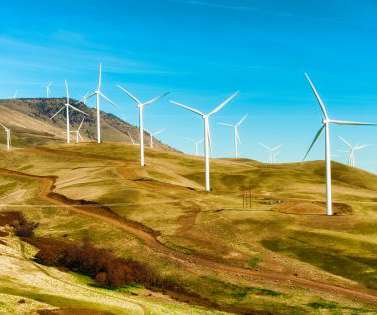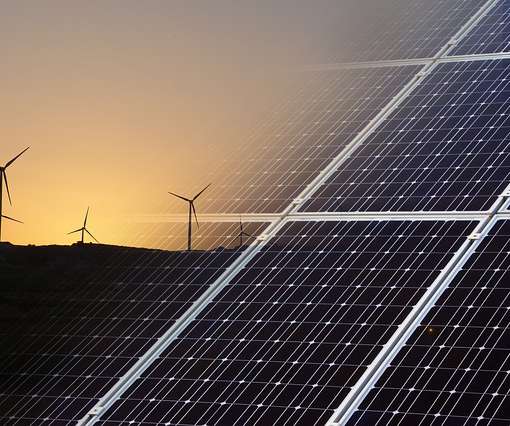More wind and solar capacity could save some of the world’s most important rivers
Renewable Energy World
APRIL 13, 2021
And according to IEA’ Renewables 2020, Launch Presentation from November 10, 2020, global wind and solar PV’s combined installed capacity will surpass that of natural gas in 2023 and coal in 2024. This dramatic expansion of wind and solar has been driven by precipitously falling costs.
















Let's personalize your content